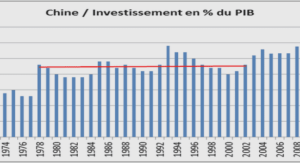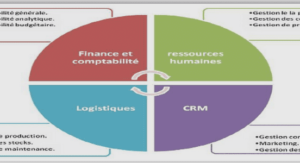In the ancient times, when someone committed a crime, it was the victim or his family who took revenge. People killed each other to take their rights by themselves without being submitted to any court of justice, but through time matters had changed and it became up to the justice to decide what crime the offender has committed, and what sentence he deserves. The question about the necessity of the application of death penalty had been asked in Europe as well as in Greece and ancient Rome.In order to understand the evolution of capital punishment throughout time, a historical background had been detailed.It is important to clarify the judicial position in the United States over capital punishment, through the attitude of the Supreme Court toward death penalty and the interpretation of the American constitution on the issue.
The History of Death Penalty in the U.S. and over the World
Throughout the centuries, death penalty had been used among other punishments like beating, slavery, exile or amputation of limbs, all over the world, but death was generally used for capital crimes. Civilisations such as the Egyptians, the Assyrians, the Babylonians, the Greeks and the Romans, as well as Islamic authorities and Christian churches, wrote penal codes including death penalty for specific crimes.
Among the earliest Greek philosophers who looked into the question of death penalty; Protagoras, Plato and Aristotle had different point of views. Protagoras was against the principle of inflicting death on someone under the motive of revenge but rather to protect society from criminals, and prevent other people from committing other crimes. Whereas, Plato had another philosophy regarding death as a sentence; he thought that it was a way of purification from crimes, since crimes were considered as “taint”, and the homicide; a soul illness that must be cured, and only if rehabilitation is not possible, death must be used as a final solution. Aristotle believed that every citizen was responsible for his acts, and if he committed an offense, he would receive a punishment that suits the committed crime, but for the harshest crimes, death was an unavoidable sentence.
In the ancient Rome, Roman citizens were rarely sentenced to death; other sentences were used like torture, exile and imprisonment. Death was used only as a final solution. Romans used the sanction of death to protect their society, to deter other criminals, but also to take revenge for the victim or the family victim.
During the middle ages, religion became to have an important place. The influence of Christianity concerning the death penalty was great. The decisions of the kings were influenced by the church. The church was globally reserved about the application of death on people; the first reason was that only God could take the life he had given. The second reason was that a punishment like death didn’t give any chance to redemption. The most frequent alternative to death penalty in the Middle Ages was the financial retribution. The offender had to pay a certain amount of money to the victim or his family, and the latter was obliged to accept the money. The aim of this alternative was to promote peace and avoid vengeance.
Under the enlightenment age, the death penalty utility swung from being under the authority of the divine laws to the social contract. In fact, the application of death penalty became no more under the influence of religion but rather to serve the society by protecting its citizens and deter the criminals. The main philosophers of the enlightenment age who approved death as a necessary sentence to the safety of society were: Denis Diderot, JulienOffray de la Mettrie, Thomas Hobbes, and John Locke.
Denis Diderot, for example considered that as a member of society, a man wassubmitted to its regulations, and whoever did harm to the society lost the right to live in it. Capital punishment had to protect society.In the same way of thinking, Thomas Hobbes consideredthat the social contract ensured the safety andthe order of the society.If the criminal breaks off this contract he becomes dangerous for the society, and this latter has to condemn him to death.
Capital punishment became to be used in the American colonies in the seventeenth century by the English colonists who applied the death penalty for the same list of capital crimes that was applied in England. Nevertheless; the list ofcapital crimes became clearly concise through time, crimes like robbery, burglary and theft were no more sentenced by death.Today, death penalty is applied only for the harshest crimes like murder, according to a precise consensus.
Stuart Banner stated:
‘The standard approach to the history of the death penalty in the United States has been a smug condescension, to the past, a refusal even to try to understand…………The people of the seventeenth and eighteenth centuries did not think as independently as we do; they were still shackled by oppressive political and religious traditions they were not yet able to throw off .
However, StuartBanner added that colonial Americans didn’t always apply death penalty according to tradition, and killing human beings was a matter as seriously considered in the 17th and 18th centuries as today. The fact is that the purposes for which capital punishment was used at that time were much numerous than today because of the institutional structure and religious beliefs .
The listof death sentenced offenses under the criminal codes of 1642 and 1650 in the New Haven colony, illustrates the huge difference between the offenses for which capital punishment was applied in the early and contemporary times.
GENERAL INTRODUCTION |




